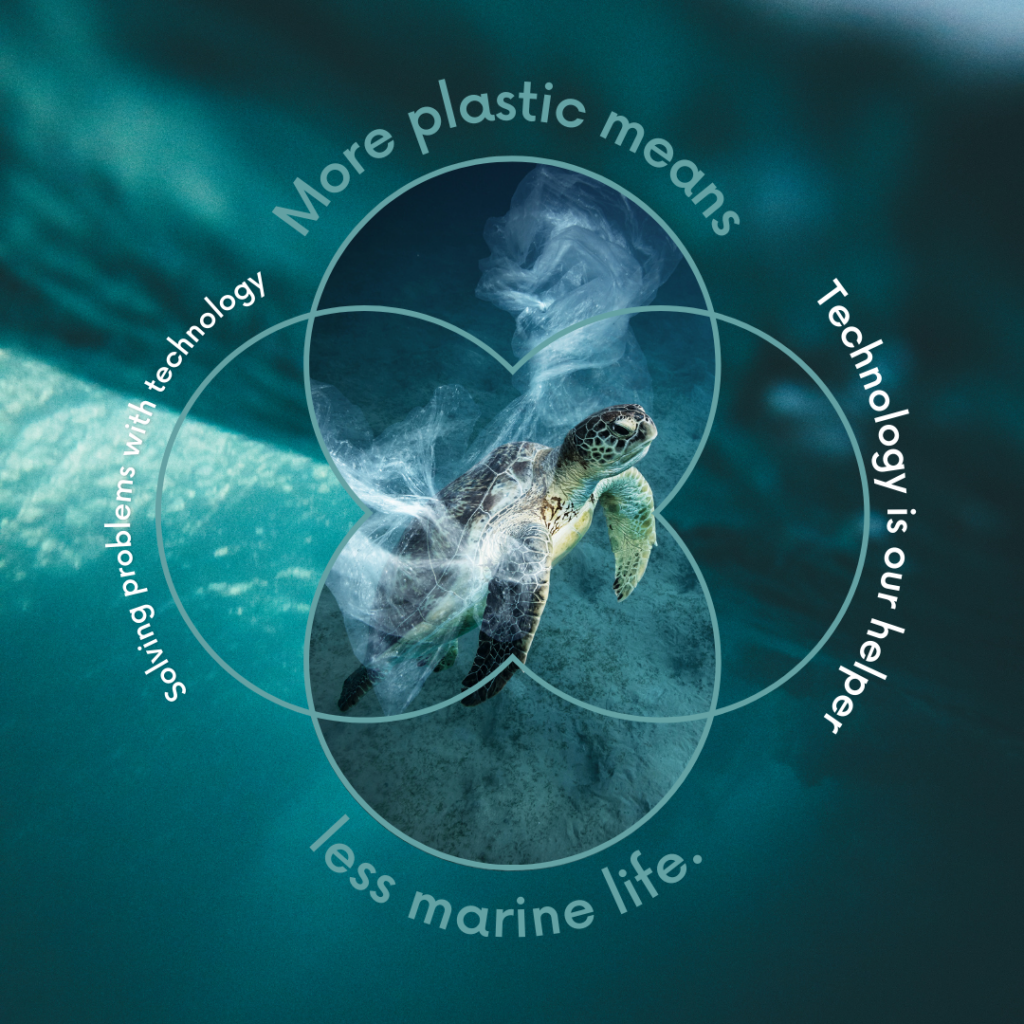Technology plays a crucial role in monitoring our environment.
In an era marked by pressing environmental challenges, technology has emerged as a powerful tool for addressing and mitigating the impact on nature. With its ability to innovate, optimize, and create sustainable solutions, technology has the potential to revolutionize our approach to environmental conservation and shape a more sustainable future. In this blog post, we explore how technology can effectively drive positive change for nature and the environment.

1. Environmental Monitoring and Conservation:
Technology plays a crucial role in monitoring and understanding the state of our environment. Advanced sensing technologies, such as satellite imagery, remote sensing, and Internet of Things (IoT) devices, enable real-time data collection, analysis, and monitoring of various ecological parameters. This data helps scientists, policymakers, and conservationists make informed decisions and implement targeted conservation efforts to protect ecosystems and species.
2. Renewable Energy Solutions:
One of the most significant contributions of technology to the environment is the advancement of renewable energy solutions. Technologies like solar panels, wind turbines, and hydropower systems are rapidly evolving, becoming more efficient and cost-effective. Harnessing renewable energy sources reduces reliance on fossil fuels, mitigates greenhouse gas emissions, and contributes to a cleaner and more sustainable energy future.
3. Sustainable Agriculture and Food Systems:
Technology-driven innovations are transforming the agricultural sector, promoting sustainable practices and reducing environmental impact. Precision agriculture techniques, such as data-driven farming, sensor-based irrigation, and automated pest control, optimize resource usage, reduce chemical inputs, and minimize soil erosion. These advancements improve crop yields while minimizing the ecological footprint of agriculture.
4. Circular Economy and Waste Management:
Technology enables the transition to a circular economy, where resources are reused, recycled, and repurposed to minimize waste and promote sustainable consumption. Innovations such as intelligent waste management systems, recycling technologies, and material science advancements are revolutionizing waste management practices. By reducing landfill waste, optimizing resource usage, and embracing circularity, technology contributes to a more sustainable and resource-efficient future.
5. Conservation Education and Awareness:
Digital platforms and communication technologies have revolutionized conservation education and awareness efforts. Through interactive websites, virtual reality experiences, educational apps, and social media campaigns, technology engages and educates people about environmental issues, fostering a sense of responsibility and driving collective action. These platforms facilitate global collaboration, knowledge sharing, and mobilization for ecological causes.
6. Sustainable Transportation and Mobility:
Technology is driving the development of sustainable transportation solutions that reduce carbon emissions and promote cleaner mobility. Electric vehicles, intelligent transportation systems, ridesharing platforms, and innovative city initiatives are transforming transportation infrastructure and encouraging low-carbon alternatives. These advancements improve air quality, reduce congestion, and contribute to more sustainable urban environments.
7. Citizen Science and Crowd Monitoring:
Technology empowers individuals to participate in environmental monitoring and conservation efforts actively. Citizen science projects and crowd-monitoring initiatives leverage technology platforms, mobile applications, and crowdsourcing to collect data, report observations, and contribute to scientific research. This collective effort enhances our understanding of ecosystems, promotes public engagement, and encourages community-led conservation initiatives.
Technology holds immense potential in addressing environmental challenges and driving positive change for nature. From environmental monitoring and renewable energy solutions to sustainable agriculture, waste management, conservation education, and sustainable transportation, technology catalyzes innovation and sustainable development. Embracing technology’s power and combining it with a deep commitment to environmental stewardship can pave the way for a greener, more sustainable future. By harnessing technology effectively, we can protect and preserve our precious natural resources, ensuring a thriving planet for future generations.
